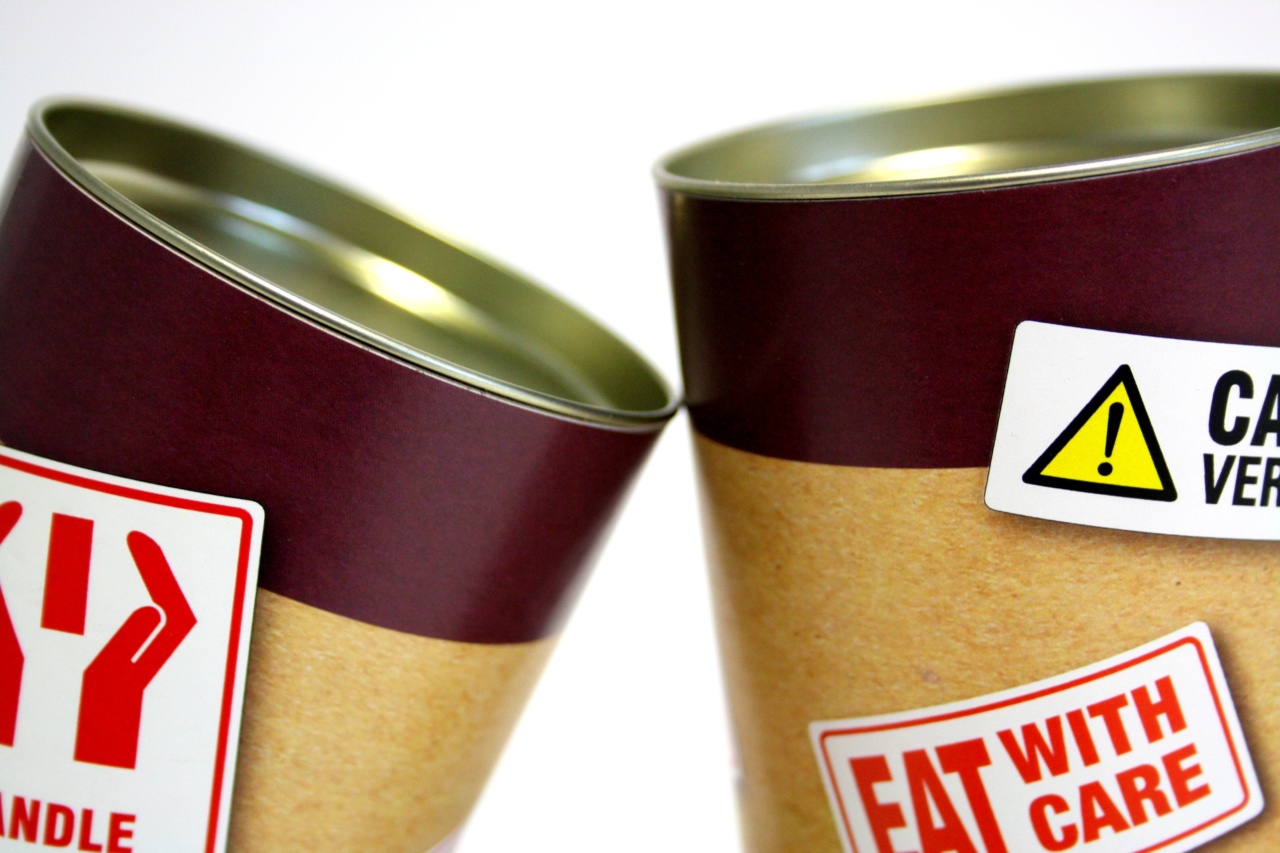Ensuring food safety is an essential part of any cooking process. While many of us may think that we follow proper food handling and cooking techniques, there are common mistakes that can unknowingly jeopardize the safety of the food we consume.
In this article, we will explore five such mistakes that you should be aware of to ensure the meals you prepare are both delicious and safe.
1. Cross-Contamination
Cross-contamination occurs when bacteria or other pathogens are transferred from one surface or food item to another.
This can happen when using the same cutting board or knives without proper cleaning and sanitation in between different ingredients, especially raw meat, poultry, and seafood. To avoid cross-contamination, it is crucial to separate raw and cooked food, use separate cutting boards for different types of ingredients, and clean utensils thoroughly with hot water and soap.
2. Improper Storage Temperatures
Storing food at the correct temperatures is vital to keep them safe for consumption. Refrigerators should be kept at or below 40°F (4°C) to slow down the growth of bacteria.
On the other hand, hot foods should be kept at or above 140°F (60°C) to prevent bacterial growth. Failing to store perishable foods at the proper temperatures can lead to the growth of harmful bacteria and the risk of foodborne illnesses.
3. Inadequate Cooking Temperatures
Cooking food at inadequate temperatures is a prevalent mistake that can compromise food safety. Different types of food require specific internal temperatures to kill harmful bacteria.
For example, poultry should be cooked to an internal temperature of 165°F (74°C), while hamburgers should reach 160°F (71°C) to ensure safety. It is important to use a food thermometer to accurately measure the internal temperature of cooked foods, especially meat, to avoid undercooking and the risk of foodborne illnesses.
4. Failure to Wash Hands Properly
Proper handwashing is a simple yet crucial step in preventing the spread of harmful bacteria and viruses in the kitchen. Many cooking mistakes happen due to inadequate hand hygiene.
It is important to wash your hands with soap and warm water for at least 20 seconds before and after handling raw food items, especially meat, poultry, and seafood. This helps to remove any bacteria or pathogens present on your hands and avoids the risk of contaminating other surfaces or ingredients.
5. Ignoring Food Expiration Dates
Expired food products may contain harmful bacteria or toxins that can cause food poisoning. It is essential to check expiration dates and food labels before using any ingredients.
Even if the food looks and smells fine, consuming expired products can still pose a risk to your health. Discard any expired items and ensure that your pantry and refrigerator are regularly checked and cleaned to maintain food safety.
Conclusion
By avoiding these common cooking mistakes, you can significantly reduce the risk of foodborne illnesses and ensure that the meals you prepare are safe for consumption.
Always practice proper food handling techniques, including separating raw and cooked food, maintaining appropriate storage temperatures, cooking foods to the right internal temperatures, washing hands thoroughly, and checking expiration dates. With these precautions in mind, you can enjoy cooking delicious meals while prioritizing the safety of yourself and others.



























